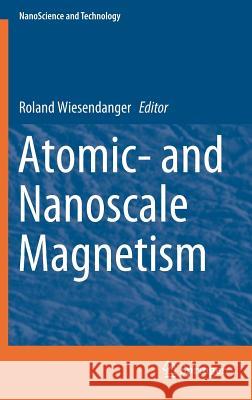Atomic- And Nanoscale Magnetism » książka
topmenu
Atomic- And Nanoscale Magnetism
ISBN-13: 9783319995571 / Angielski / Twarda / 2018 / 390 str.
Kategorie BISAC:
Wydawca:
Springer
Seria wydawnicza:
Język:
Angielski
ISBN-13:
9783319995571
Rok wydania:
2018
Wydanie:
2018
Ilość stron:
390
Waga:
0.75 kg
Wymiary:
23.39 x 15.6 x 2.39
Oprawa:
Twarda
Wolumenów:
01
Dodatkowe informacje:
Wydanie ilustrowane











